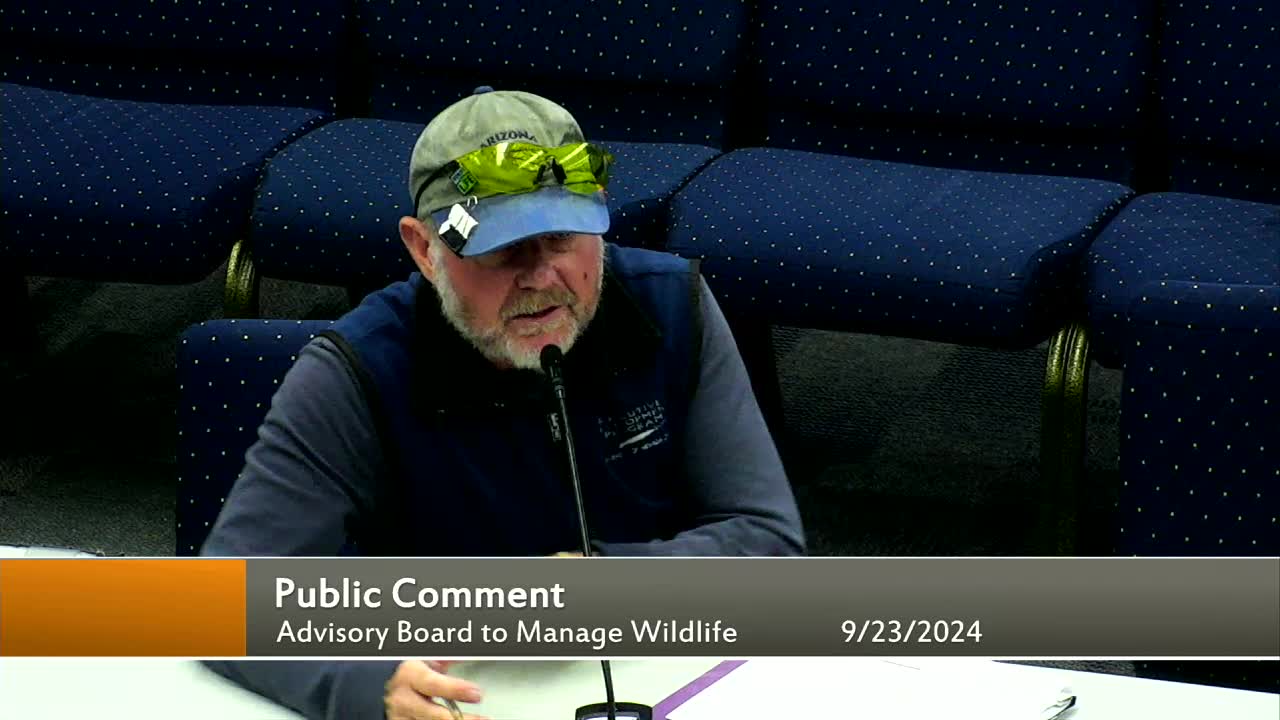Microplastics threaten wildlife and human health urgently
September 23, 2024 | Carson City, Ormsby County, Nevada
This article was created by AI summarizing key points discussed. AI makes mistakes, so for full details and context, please refer to the video of the full meeting. Please report any errors so we can fix them. Report an error »

During a recent government meeting, a significant discussion emerged regarding the environmental impact of microplastics, particularly in relation to artificial turf. One speaker emphasized the pervasive nature of microplastics, highlighting their infiltration into water supplies, soil, and air. This issue has gained traction in public discourse, with various media outlets covering the topic extensively.
The speaker pointed out that artificial turf contributes to the accumulation of microplastics, which can have dire consequences for wildlife and the broader ecosystem. They explained that microplastics are ingested by smaller organisms, leading to a chain reaction that affects larger predators and ultimately impacts human health. The concern extends to the food chain, where microplastics can disrupt the balance of wildlife populations and threaten their survival.
The speaker urged government officials to prioritize the issue of microplastics, noting that the health of wildlife is intrinsically linked to the well-being of the community. They argued that neglecting this environmental challenge could jeopardize not only local ecosystems but also the economic stability that relies on a healthy environment.
This discussion underscores the urgent need for policy considerations surrounding microplastics and their sources, particularly as they relate to artificial turf and other contributing factors. The call for action reflects a growing awareness of environmental issues and the interconnectedness of human health and ecological integrity.
The speaker pointed out that artificial turf contributes to the accumulation of microplastics, which can have dire consequences for wildlife and the broader ecosystem. They explained that microplastics are ingested by smaller organisms, leading to a chain reaction that affects larger predators and ultimately impacts human health. The concern extends to the food chain, where microplastics can disrupt the balance of wildlife populations and threaten their survival.
The speaker urged government officials to prioritize the issue of microplastics, noting that the health of wildlife is intrinsically linked to the well-being of the community. They argued that neglecting this environmental challenge could jeopardize not only local ecosystems but also the economic stability that relies on a healthy environment.
This discussion underscores the urgent need for policy considerations surrounding microplastics and their sources, particularly as they relate to artificial turf and other contributing factors. The call for action reflects a growing awareness of environmental issues and the interconnectedness of human health and ecological integrity.
View full meeting
This article is based on a recent meeting—watch the full video and explore the complete transcript for deeper insights into the discussion.
View full meeting